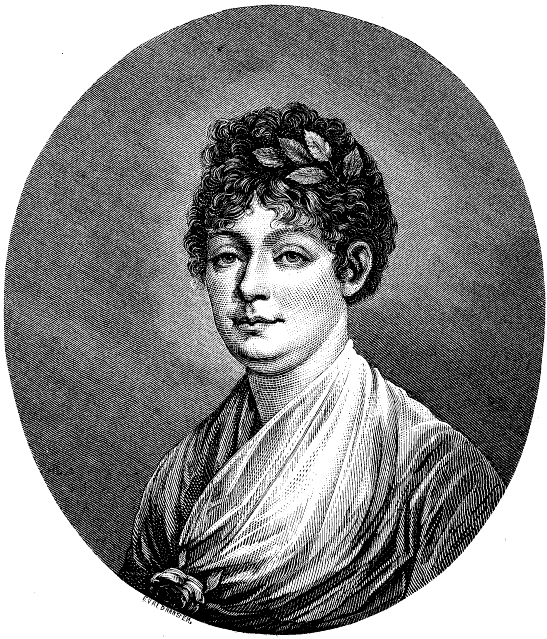Swedish Literature: Anna Maria Lenngren
Literature or history of literature might sound like dusty words best left to professors, but most of us read books from time to time. And when we read books written by Swedish authors, we partake in a legacy of sorts.
-
 Anna Maria Lenngren, 1754-1817.
Anna Maria Lenngren, 1754-1817. -
-
Our Swedish authors, be it August Strindberg or Astrid Lindgren or Jan Guillou, form an important part of our national heritage. Some of the Swedish books we keep on our bookshelves are inherited from past generations, and some we take pride in maintaining for future generations. Some books, and sometimes only a line or two, are so deeply embedded in our national soul that we need only to think about them to instantly connect with our roots. This is, of course, something very personal but most of us have a relationship to Astrid Lindgren’s “Emil och Ida” and Vilhelm Moberg’s “Karl-Oskar och Kristina” for example. And most of us can cite the beginning of August Strindberg’s “Hemsöborna": "Han kom som ett yrväder en aprilafton och hade ett höganäskrus i en svångrem om halsen.” Even if we are unsure of just what a höganäskrus really looks like. Nordstjernan takes a look at some of our most famous and beloved Swedish authors.
-
Anna Maria Lenngren (1754-1817)
Lenngren, who was the daughter of a professor at Uppsala University, was a writer, poet and feminist. She learned Latin at a young age and was encouraged to write and explore literature. Her father recognized her talent, but he died early. Lenngren debuted as a poet in 1775, and as an adult her first paid works were reviews and translations. Lenngren became famous after having been hired to translate a French opera. She openly criticized preconceptions about women’s roles in society and was a well known speaker for the free mind. She married Carl Peter Lenngren, editor of Stockholmsposten, and after that she stepped back from the public scene. After some years of silence, she again emerged as a writer. She was also famous for her irony, easily detected in her most famous piece, “Några ord till min kära dotter, ifall jag hade någon”. Lenngren never had any biological children, though she adopted a daughter who sadly ended up in a mental asylum. Anna Maria Lenngren eventually became one of the most well-known and popular Swedish writers of the 18th century. She died of breast cancer and is buried in the cemetery of Klara Kyrka in Stockholm. Her collected poems were, by her instructions, published by her husband under the title “Attempts of Poetry" in 1819.
Några ord till min kära dotter, ifall jag hade någon
Med läsning öd ej tiden bort –
Vårt kön så föga det behöfver
Och skall du läsa, gör det kort.
Att såsen ej må fräsa öfver! -
-
